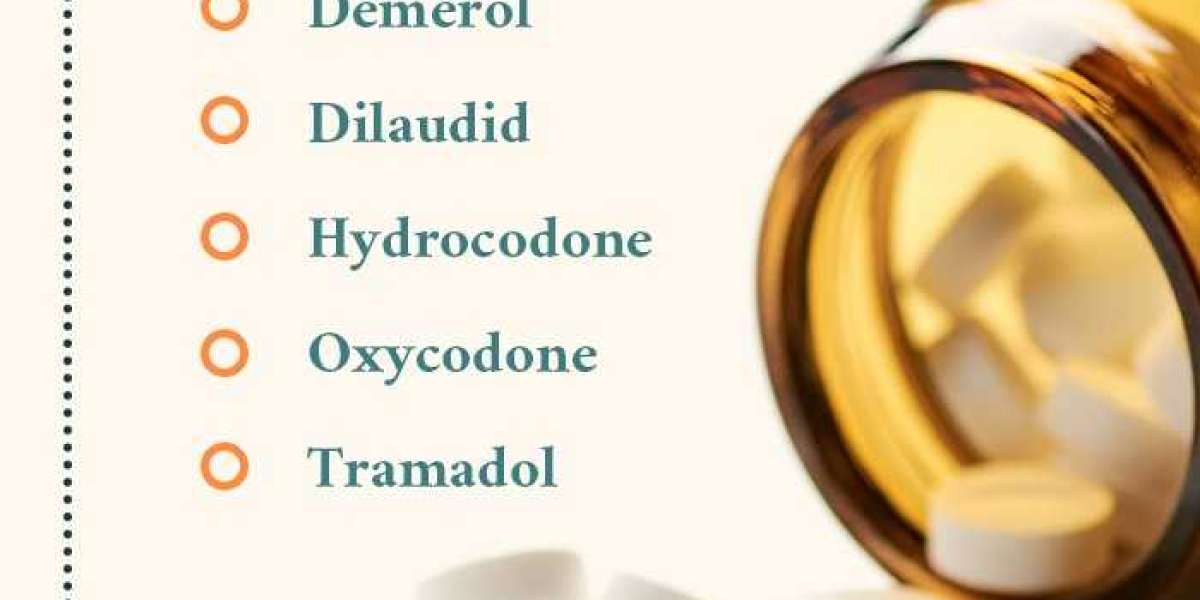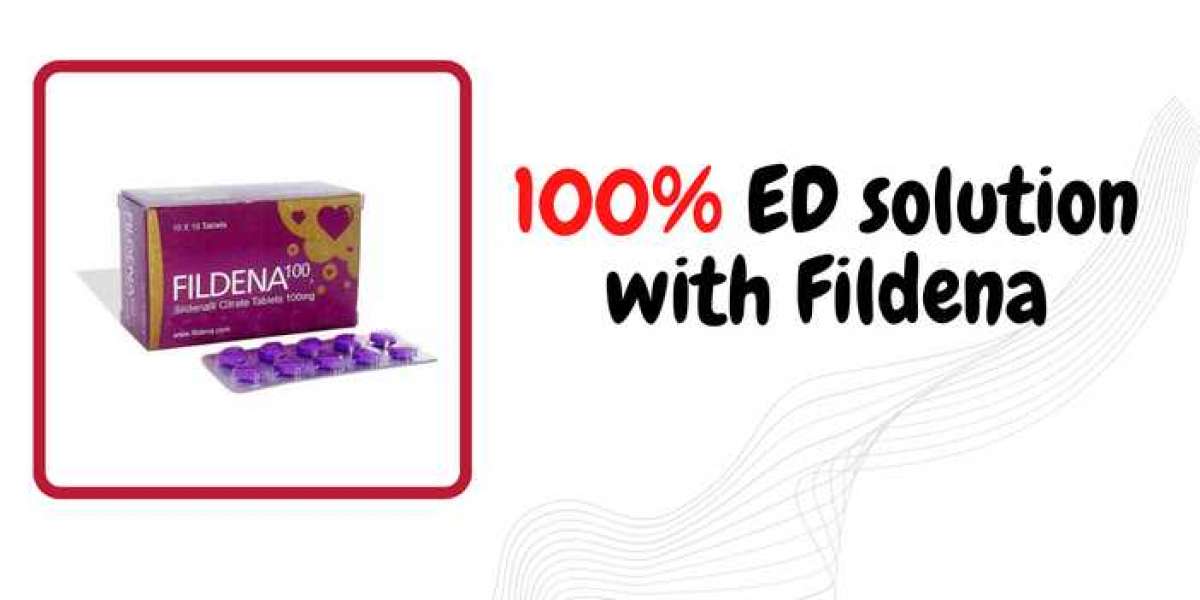Opioid drugs are effective at relieving pain, but they can also trigger euphoric feelings that make them addictive. People develop tolerance to opioids, which means they need a larger dose of the drug to get the same effects.
Treatment for opioid use disorder includes medication-assisted treatment (MAT) and behavioral therapy. Medications such as methadone, buprenorphine and naltrexone can help control withdrawal symptoms and reduce cravings.
Physical dependence
Physical dependence develops when a person takes a drug regularly over time. This occurs because the brain chemicals and structure of a person’s body change to accommodate the drug.
It also leads to withdrawal symptoms when a person stops taking the drug. These are very unpleasant and can include restlessness, sleeplessness, vomiting, diarrhea and cold flashes that cause goose bumps.
During withdrawal, the person is usually very angry and may need help to deal with these emotions. In addition, a person might begin to lose interest in hobbies or activities that were previously enjoyed.
There is a difference between physical dependence and addiction, but it’s important to remember that both are serious medical conditions. If you or someone you know uses opioids and is struggling with an addiction, get treatment as soon as possible. Addiction can be life-threatening, and it’s never too early to take action.
Cravings
Cravings are a common problem with opioid use disorder. They can be intense and last for 20 minutes or more, but they usually go away when you get treatment.
You should talk to your doctor about the best treatment for your specific needs. Treatments include medicines, counseling, and support from your family and friends.
It can also help to distract yourself during cravings by doing something else, such as listening to music or going for a walk. Using these methods may help reduce the intensity of your cravings and make them easier to manage.
Cravings are a strong desire to take a drug, usually for pleasure. They can be caused by a number of factors, including negative mood and memory about the drug. These factors can cause you to want to use the drug more than you should, and can increase your chances of relapse. This can be harmful for your health and lead to overdose.
Symptoms
The symptoms of opioid use disorder can range from mild to severe. They include:
A craving for opioids, despite the risk of physical harm and possible death. This can lead to drug use, often illegally obtained heroin or other drugs containing more powerful doses of fentanyl (Actiq, Duragesic, Fentora).
People who misuse prescription pain relievers, especially those who take high doses for prolonged periods, are at a higher risk of developing OUD than people who do not. This is because they are at increased risk of becoming physically dependent on the drug and also developing a tolerance to it, which means that they need to take higher doses to get the same effects as before.
Treatment for OUD can include medications, such as methadone or buprenorphine, which help to reduce cravings and withdrawal symptoms. They may be given in a clinic or inpatient setting. In addition, patients receive counseling and social support from peers or formal support groups.
Treatment
Opioid use disorder can be treated with medications, behavioral therapies and recovery support. Medication-assisted treatment (MAT) is a proven way to help people with opioid use disorder stop using drugs and learn to manage their addictions successfully.
Medications are used to reduce cravings, prevent withdrawal symptoms and block the euphoric feelings that come from opioids. They can also be combined with counseling and other treatments, such as family therapy or relapse prevention training.
Withdrawal from opioids is unpleasant and can lead to relapse, which is why it’s important to receive medical attention as soon as possible. Symptoms of withdrawal include pain, chills, cramps, diarrhea, dilated pupils, restlessness, anxiety and nausea.
Treatment can be complex, with many factors that need to be addressed. Having supportive friends and family can make it easier to stick with treatment. Counseling can help patients understand what their addiction is, how it affects their lives and how they can live a more healthy life without using opioids.







